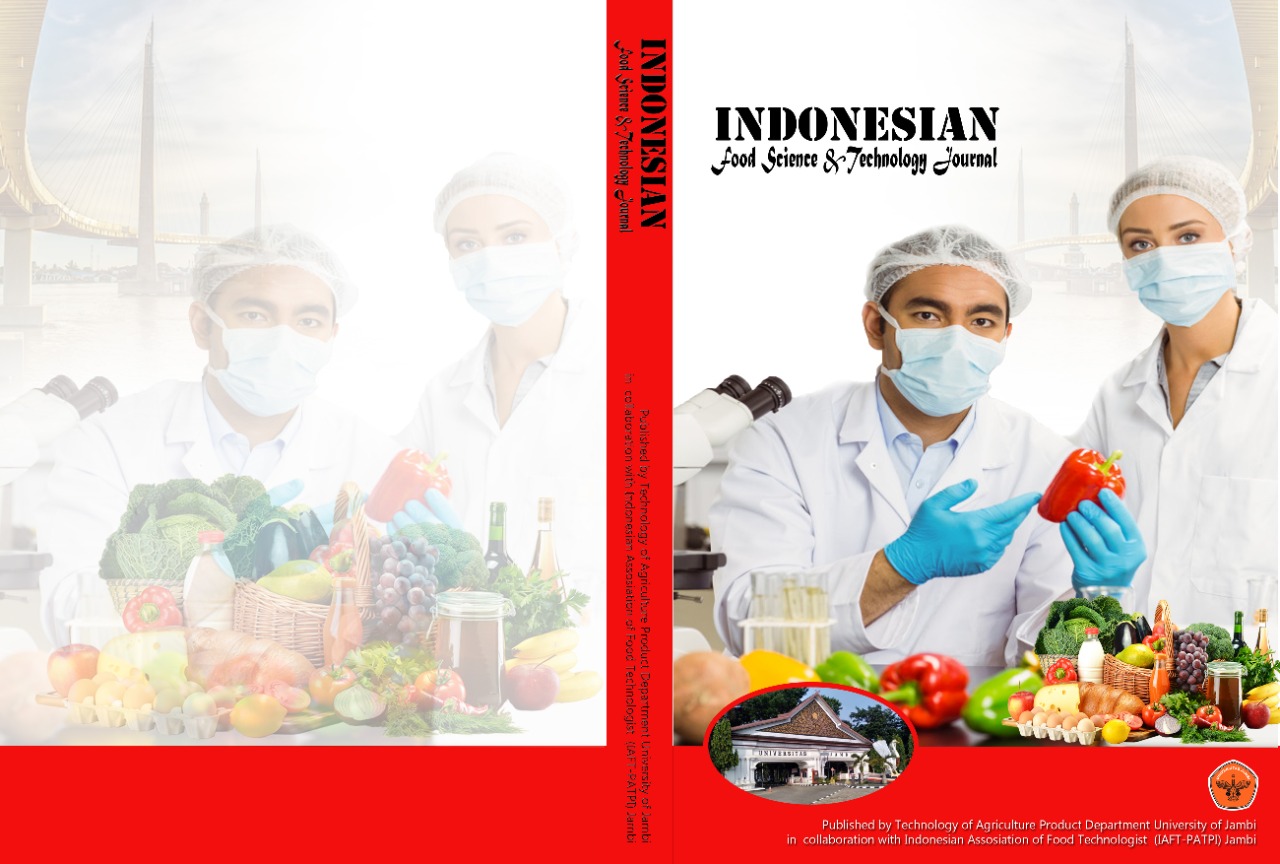Rheological Characterization of Sugar Palm Fruits (Arenga pinnata) at Different Maturity Levels and Concentrations
DOI:
https://doi.org/10.22437/ifstj.v8i1.37940Keywords:
Flow Behaviour, Rheology, Sugar Palm Fruits, Viscoelasticity, X-ray diffractionAbstract
Aren is a versatile crop with significant economic potential in tropical regions, particularly Southeast Asia. While young fruits are commonly processed into kolang-kaling, the industrial potential of both young and matured fruits, especially about their rheological and structural properties for edible packaging, still needs to be explored. This study investigates palm fruits' rheological and structural properties at different maturity stages and evaluates their potential for industrial applications, specifically in developing edible films. Rheometer testing revealed that young fruits exhibit pseudoplastic flow behavior (n < 1), whereas matured fruits display Newtonian flow behavior (n = 1). The consistency index (K) increased as concentration. Dynamic rheological measurement showed that young fruits experienced a decrease in LVR and matured fruits showed an increase at higher concentration. The storage modulus (G') of matured fruits was higher than that of young fruits, indicating better mechanical stability in the former Both young and matured fruit had a loss factor < 1 and G' greater than G", indicating elastic behavior predominance. X-ray diffraction (XRD) analysis showed that matured fruits have a crystalline structure, while young fruits are semi-crystalline. The crystalline properties of matured fruits make them suitable for applications requiring mechanical stability, such as edible film production. In contrast, the semi-crystalline nature of young fruits is better suited for flexible packaging applications. These findings open new opportunities for utilizing palm fruit as an innovative base material in developing eco-friendly edible packaging for the food industry.
Downloads
Downloads
Published
How to Cite
Issue
Section
License
Copyright (c) 2024 Indonesian Food Science and Technology Journal

This work is licensed under a Creative Commons Attribution 4.0 International License.








